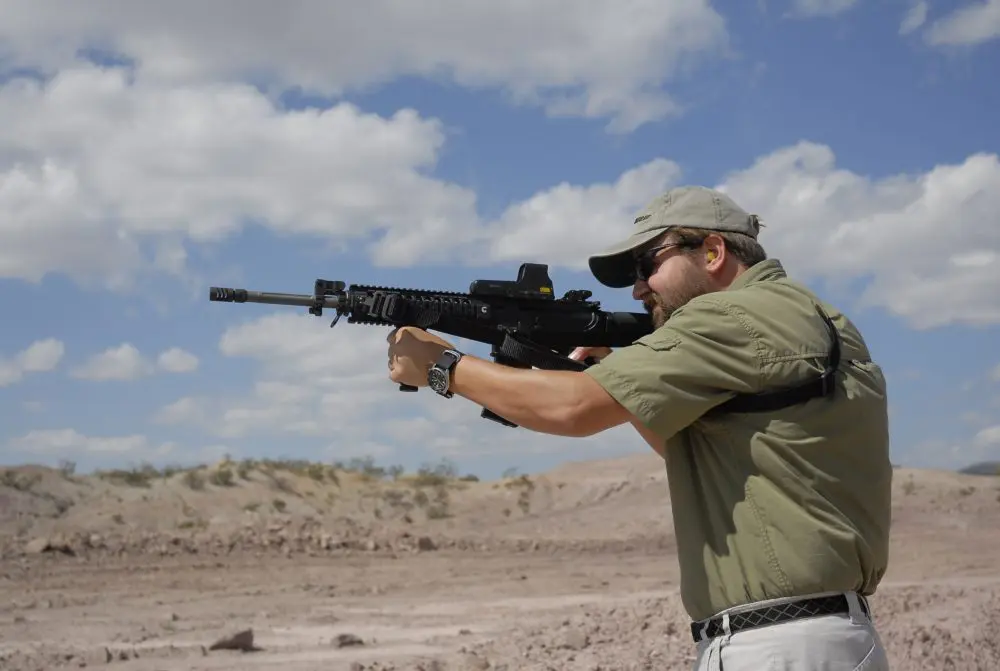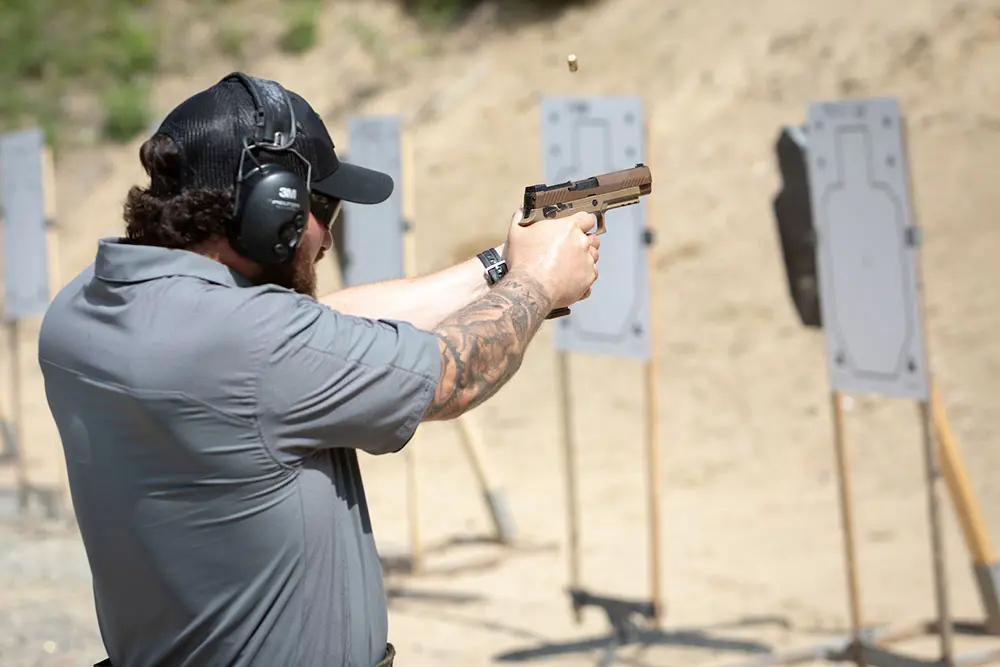In an op-ed piece published in the New York Times in March, retired Supreme Court Justice John Paul Stevens argued that, for the sake of public safety, proponents of more restrictive gun laws should press for the repeal of the Second Amendment. For gun rights advocates, this should come as good news.
Yes, you read that correctly.
I am not claiming that we who believe that the fundamental human right of the individual to keep and bear arms cannot be legitimately infringed should be hoping for a successful effort to repeal the Constitutional guarantee of that right. That would indeed be a catastrophic blow to private ownership of firearms.
But the call for the effort to effect the repeal, coming from such a noted authority on legal and Constitutional matters, with such a history of hostility to gun rights, is something to be welcomed, especially in these times of frenzied efforts to restrict gun ownership.
One reason why is simply that amending the Constitution is an immense, and immensely difficult, undertaking. Yes, it has been done 27 times in U.S. history, but it is never easy to get two-thirds of both chambers of Congress to agree on anything. To then get 38 states to ratify that agreement adds another huge layer of difficulty.
And mustering such a consensus now, with the country perhaps as ideologically divided as it has ever been since the Civil War, adds yet a great deal more to the difficulty. And finally, none of the previous amendments involved the repeal of part of the Bill of Rights itself.
Even some who might in principle approve of more restrictions on gun ownership might shrink from an attack on the Bill of Rights itself. So the more of the gun-ban zealots’ effort and energy is directed toward that Herculean task, the less they will have to put into more realistic efforts to infringe on that which “shall not be infringed.”
Furthermore, and perhaps more importantly, with Stevens arguing that meaningful restrictions on gun ownership will require the repeal of the Second Amendment, he is tacitly undermining a position he still claims to hold: the oft-argued claim that the Second Amendment does not really protect an individual’s right to keep and bear arms. But if it does not, then why would its repeal be necessary for the forcible citizen disarmament agenda?
Stevens, who dissented in the Supreme Court’s 2008 District of Columbia v. Heller decision, in which the Court ruled that the Second Amendment does indeed protect the right of the individual to keep and bear arms, is still nostalgic for the gun-ban zealots’ “good old days”: the nearly 70 years between the Court’s 1939 Miller v. United States decision and the Heller decision.
In Miller, the Court ruled that the Second Amendment did not invalidate the 1934 National Firearms Act, which tightly restricted ownership of, among other things, sawed-off shotguns. What Stevens and other fans of that decision almost never speak about is the fact that Miller was decided without the benefit of any defense counsel. It is rather telling, is it not, that “gun control” advocates’ favorite Supreme Court case is one in which no one argued for gun owners?
And still more fundamentally, the right to keep and bear arms is not contingent on the Second Amendment. Yes, the Second is the Constitutional guarantee of that right, but it is not the source of it. The Supreme Court itself ruled on that in 1879, in the United States v. Cruikshank decision, stating that, “The right to bear arms is not granted by the Constitution; neither is it in any manner dependent upon that instrument for its existence.” In other words, even if the Second Amendment is repealed, the right it protects still exists.
Of course, I’m not saying this is time for complacency among gun owners.
The political and social environments are as hostile to private gun ownership as they have ever been. Calls for repeal of the Second Amendment unmask the full virulence of those who want the American people disarmed, even if it means attacking the Bill of Rights itself.
Calls for a repeal are no longer the sole province of gun-hating cranks and flakes like Michael Moore, who argued for that same extreme measure last October. Now, even figures with the mainstream respect of a retired Supreme Court justice will stop at nothing short of stripping the people’s right to keep and bear arms of any Constitutional protection.
And that is just one more reason gun rights advocates should be glad Stevens wrote what he did. There is no longer any room for doubt about what we are facing. They want us disarmed, and if we refuse, they want us in prison. And if we fight that, they want our guns taken from our cold, dead hands.
But if they try it, it is our patriotic duty to show them that amending the right to keep and bear arms out of the Constitution was the easy part.
A former paratrooper, Kurt Hofmann was paralyzed in a car accident in 2002. The helplessness inherent to confinement to a wheelchair prompted him to explore armed self-defense, only to discover that Illinois denied that right. This inspired him to become active in gun rights advocacy.




